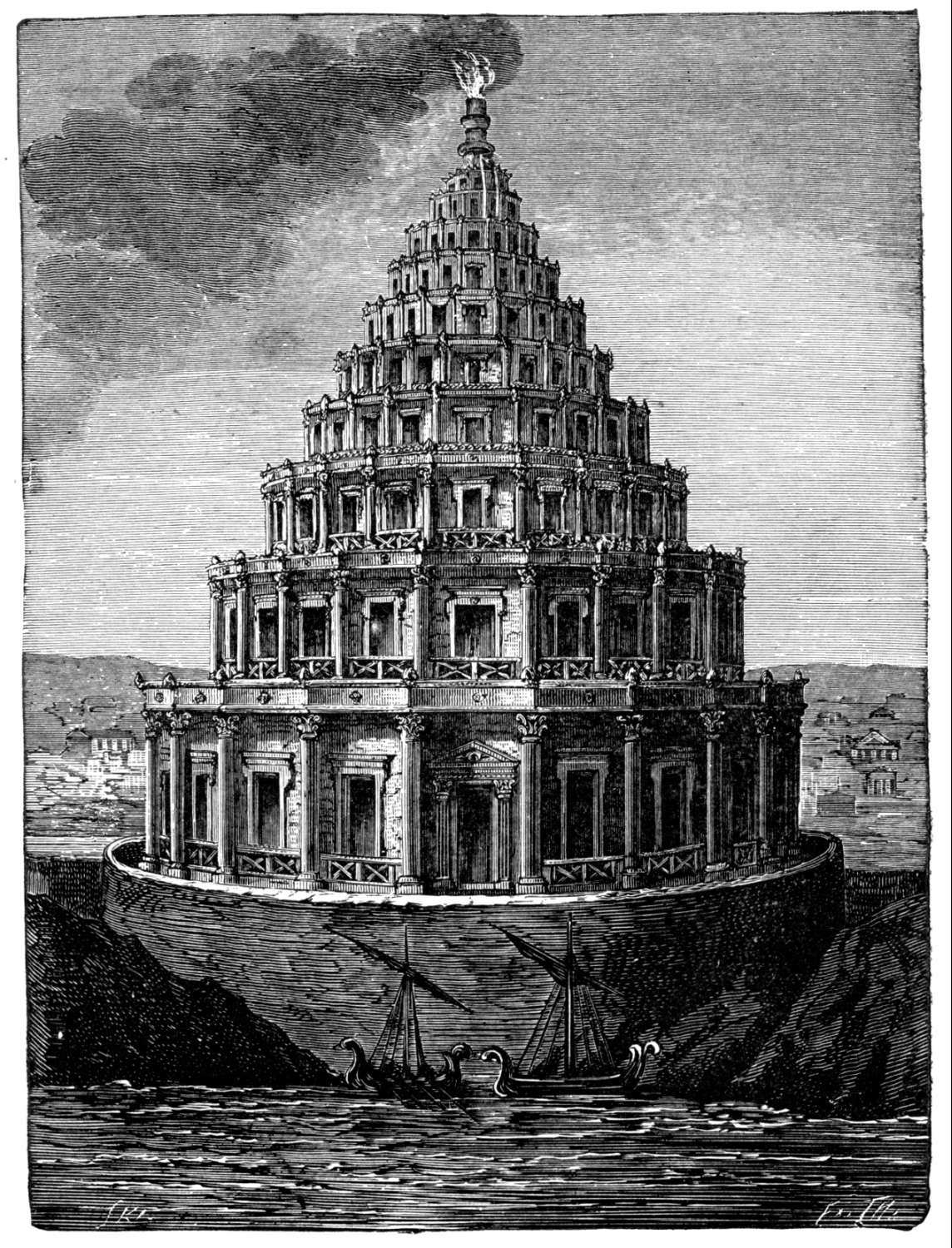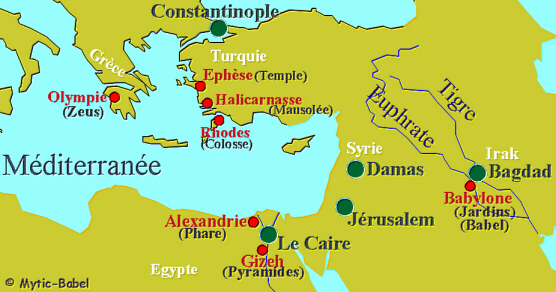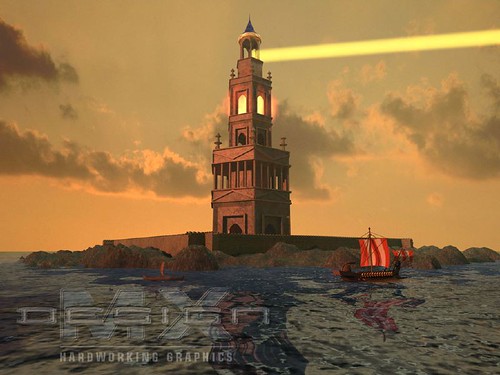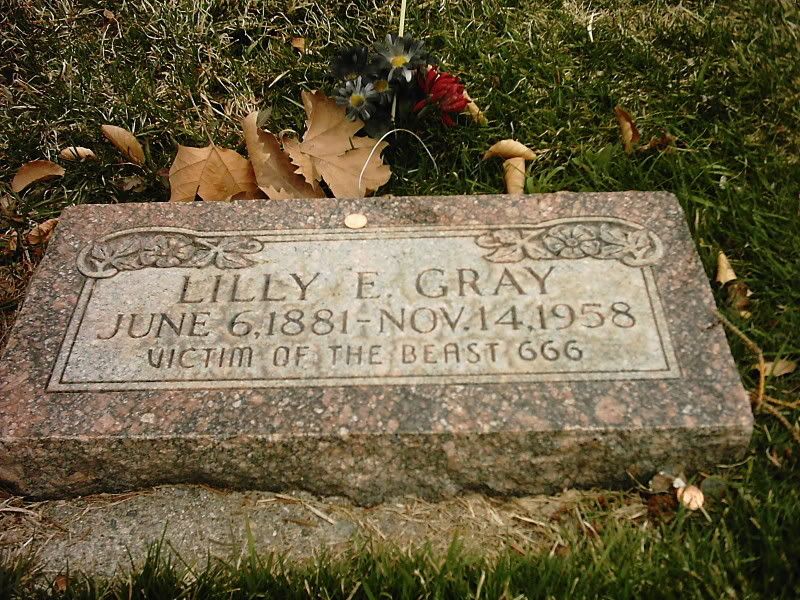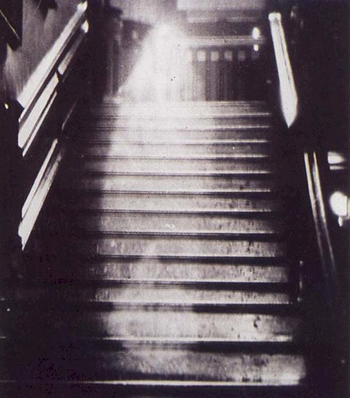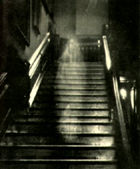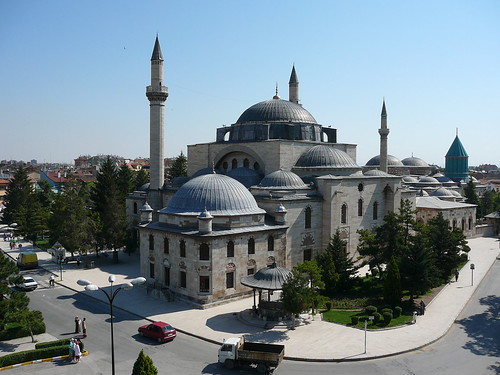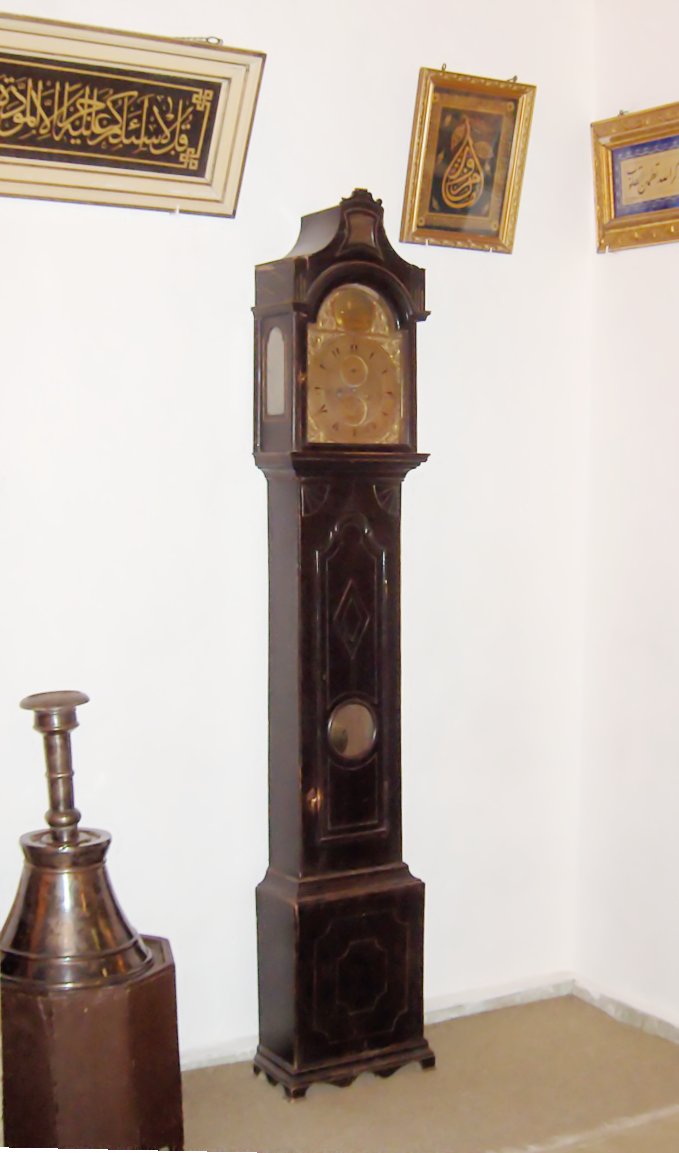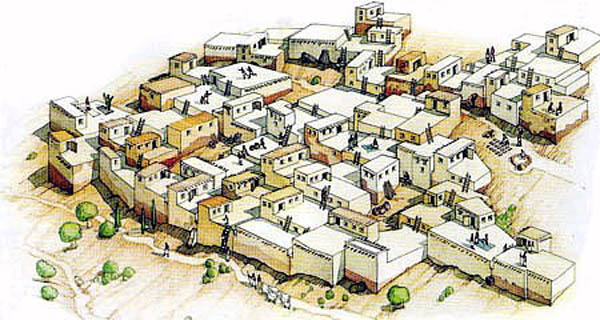We’re serious. Did you know a dollar bill has hidden pictures, flecks of color, and mysterious symbols? And that’s just the beginning. What do all those seemingly random letters and Latin phrases mean, anyway?
The Basics: How much is a dollar worth?
 The question seems simple, but the answer is quite complex. Since 1973, the dollar bill has had no value tied to it. You cannot trade in a dollar to the government for gold, silver, or any other commodity. The value of the nation's currency is related to the decree by the government that a dollar is legal tender for all debts. This means if someone attempts to pay a debt using dollars, the person being paid must accept the money or the law no longer recognizes the debt. This is important enough that the phrase is printed on every bill the government creates.
The question seems simple, but the answer is quite complex. Since 1973, the dollar bill has had no value tied to it. You cannot trade in a dollar to the government for gold, silver, or any other commodity. The value of the nation's currency is related to the decree by the government that a dollar is legal tender for all debts. This means if someone attempts to pay a debt using dollars, the person being paid must accept the money or the law no longer recognizes the debt. This is important enough that the phrase is printed on every bill the government creates.It is also vital for the nation's citizens to agree that the bills have value. If the members of a society decided that they did not believe in the currency, it would quickly be worth no more than the paper it is printed on. For the record, each bill costs the government 6.4 cents to print.
What kind of paper are the bills made from?
Bills are made from a blend of linen and cotton, which is why they don't fall apart in the wash the way paper does. If you look closely, you can see red and blue silk fibers woven throughout the bill. The threads are thought to be an anti-counterfeit measure.
Hint: Look in the white spaces on the face of the bill for little bits of the colored thread. They look like lint but you can't scratch them off!
On the face of a dollar, what does the letter inside the circular seal mean?

The letter also corresponds to the black number that is repeated four times on the face of the bill. For example, if you have a bill from Dallas with the letter K, then the number on the bill will be 11 because K is the eleventh letter in the alphabet.
Can you find any tiny owls or spiders hidden on the front of the bill?
 Many people believe they can see a tiny owl (some say it is a spider) next to the large "1" on the upper right of the bill. If you look at the shield shape that surrounds that "1," the tiny owl rests on the top left corner.
Many people believe they can see a tiny owl (some say it is a spider) next to the large "1" on the upper right of the bill. If you look at the shield shape that surrounds that "1," the tiny owl rests on the top left corner.More than likely, the markings are nothing, just a point where the webbed design of the border varies. That won't stop some people from associating the peculiar detail with Masonic symbols, or with more practical things, like anti-counterfeit measures.
The Great Seal of the United States
The green back of the dollar bill features the two sides of The Great Seal of the United States. The founding fathers approved its design in 1782. Ben Franklin,
What does Annuit Coeptis mean?
The first of three Latin phrases on the back of the bill is translated as "God has favored our undertakings." Many founders, Franklin and George Washington among them, believed that God's will was behind the successful creation of the United States.
Beneath the pyramid, what does Novus Ordo Seclorum mean?
These Latin words mean "New order of the ages." Charles Thomson, a statesman involved in the design of The Great Seal of the United States, proposed the phrase to signify the beginning of what he called "the new American Era," which he said began in 1776 with the signing of the Declaration of Independence.
Why is MDCCLXXVI on the bottom of the pyramid?
 The letters are Roman numerals for 1776. M is 1,000, D is 500, CC is 200, L is 50, XX is 20, VI is 6. Add the numerals on the pyramid together and you get the year 1776, when the Declaration of Independence was signed, and when the Novus Ordo Seclorum began.
The letters are Roman numerals for 1776. M is 1,000, D is 500, CC is 200, L is 50, XX is 20, VI is 6. Add the numerals on the pyramid together and you get the year 1776, when the Declaration of Independence was signed, and when the Novus Ordo Seclorum began.Why is there an unfinished pyramid with a glowing eye?
Thomson explained the sturdy pyramid as a symbol of "strength and duration". He did not explain its unfinished state, but many believe it signified that our nation remained unfinished. The pyramid also stops at 13 steps, the number of the original colonies.
The "Eye of Providence" is a visual representation of the words Annuit Coeptis, and reinforces the founders' notion that God looked upon the endeavor of the new nation with favor. Many theorists mistakenly believe the symbolism of the eye is related to the Freemasons (a secret society whose members believed they were under the careful scrutiny of God), but the symbolism of the glowing eye is far older than any Freemason thinking. Scholars have traced versions of the symbol as far back as the ancient Egyptians.
What does E Pluribus Unum mean?
"Out of many, one." The 13 disparate colonies came together to form one nation.
Why a bald eagle? The founders wanted an animal native to America to be the new nation's symbol. In its talons the eagle holds arrows and olive branches, signifying war and peace.
Fun activities you and the kids can do with a dollar bill
Track your bills. Go to the website Where's George? and enter the serial number of the bill. If the bill has been in circulation long enough, you might be able to see where your bill has been as it travels from wallets to registers and back. After you enter your bills, check back later to see where they have gone.
Play dollar-bill poker. Each of you takes a dollar bill and examines the green serial numbers as if they were a hand of playing cards. Make your best poker hand and see who wins.























